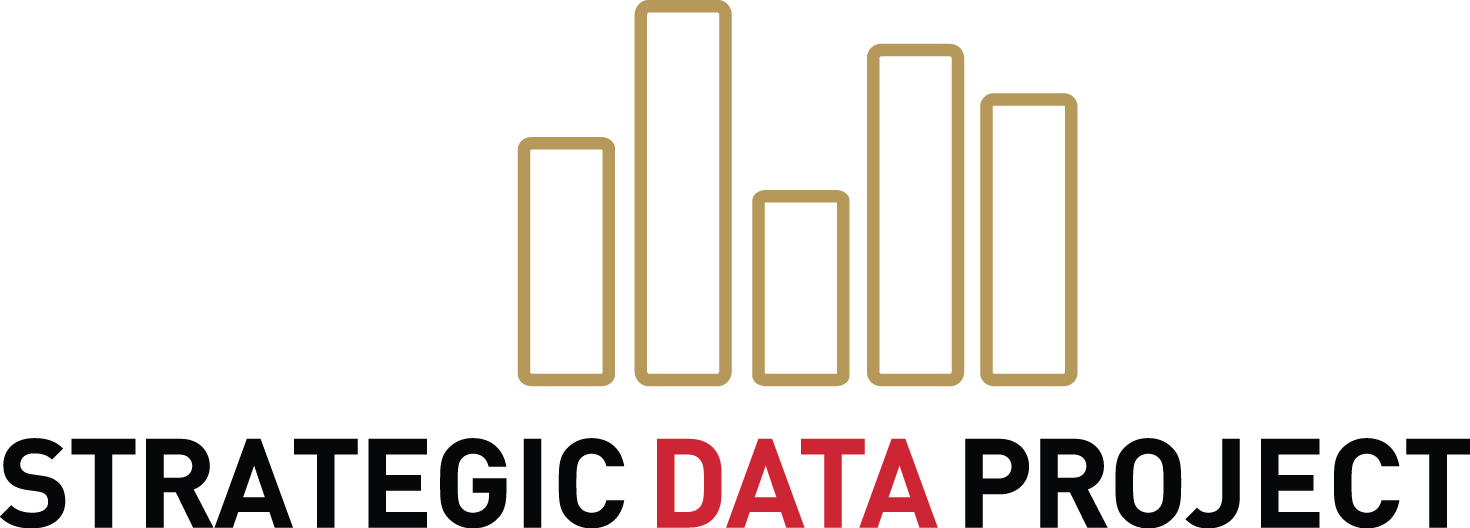 SDP Fellow Matthew Linick created an evidence tool in Cleveland to help school principals get the most bang for their buck.
SDP Fellow Matthew Linick created an evidence tool in Cleveland to help school principals get the most bang for their buck.
A new provision in the Every Student Succeeds Act will bring school-level expenditure into the public eye. Yet as a recent Education Next article points out, district and school leaders need more support "to engage on the issues that the new data will raise: equity, spending trade-offs, and the link between money and school outcomes.”
The “pressing need to better support school and district leaders in their work on the spending side” of education finance was precisely what drove SDP Fellow Matthew Linick to develop a tool to help leaders in Cleveland ensure that resources were used as effectively as possible. While schools, teachers, and students receive report cards, Linick recognized the need to extend this grading approach to vendors. What started as an online tool evolved into vendor and partner report cards that collect and analyze data about vendor or partner-sponsored programs, then assign each program a grade based on that evaluation.
Reports like these were an asset to a district like Cleveland hoping to address real challenges and transform outcomes for kids. The National Center for Children in Poverty reported in 2017 that 53.9% of Cleveland’s children live in poverty, the second highest childhood poverty rate in the country. Facing challenges associated with high levels of childhood poverty, budgetary challenges for the CMSD, and academic performance concerns across the city, members of the community banded together to develop such policies as the Cleveland Plan and Ohio House Bill 525, as well as a significant levy providing the district with greater financial capacity and an ability to strategically invest additional resources.
Cleveland is a portfolio district in which principals have autonomy to make decisions about how to spend their money. In a way, this autonomy creates greater accountability, as principals are also on the hook for academic achievement in their schools.
“But it’s a little unfair to hold principals accountable for decisions about programming without also providing good information about the programming itself,” asserts Linick. This was precisely the driver behind the report cards. “These cards were one way we could provide central office support to principals in their planning. We were providing a service that vetted a menu of services and offered high-quality evidence for the scores we gave.”
These report cards nod to a central point within the conversation around transparency of school-level expenditures. While many of those on the revenue side of education finance often dedicate their jobs to researching and analyzing different allocation strategies and decisions, leaders at the school and district level have often “had little training in strategic school spending and how to do the most for students with scarce resources,” as the Education Next article asserts.
Linick goes on to describe that the decision-making processes of these principals was different than many of those working at the administrative or policy level. “They value evidence- and research-based approaches,” describes Linick, “but they also value what their peers have to say. Decisions, for them, are made differently every time to accommodate the dynamic environment of school-level work. This is why we wanted to make something available that could give them high-quality information that was both rigorous and connected to what their peers had to say.”
These report cards were truly designed with the user in mind. “The idea was to synthesize complex information generated by experts, then meet people where they are,” reflects Linick. “We, as the experts, were doing the hard work so they could focus on what matters most: the students. We did this so teachers could teach and leaders could lead.”
These cards went on to receive the 2017 Research and Assessment Leadership Award from the Council of Great City Schools and provide an interesting example of the supports necessary to ensure success once school-level spending becomes public. If the spirit of this new provision is to connect spending to outcomes, those at all levels must work to support those leaders making spending decisions at the ground level.
Matthew Linick is now a Senior Researcher at American Institutes for Research (AIR).
